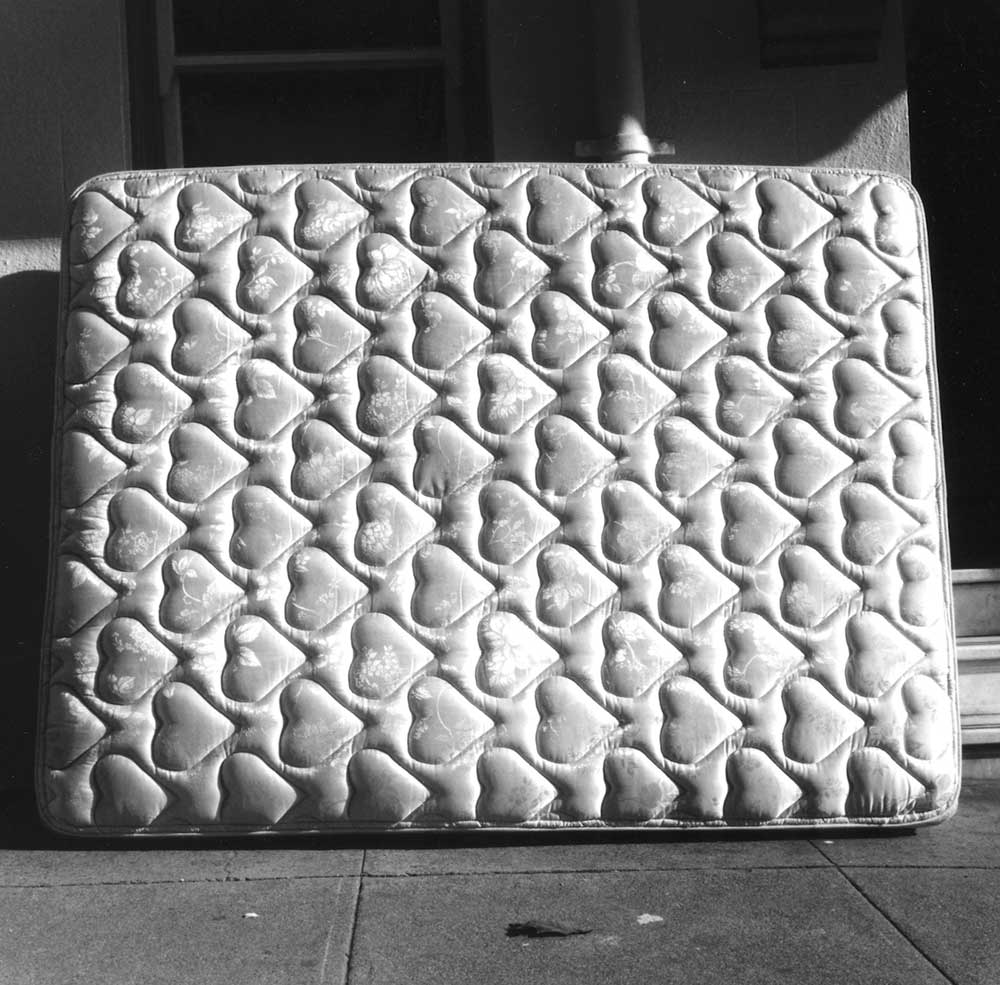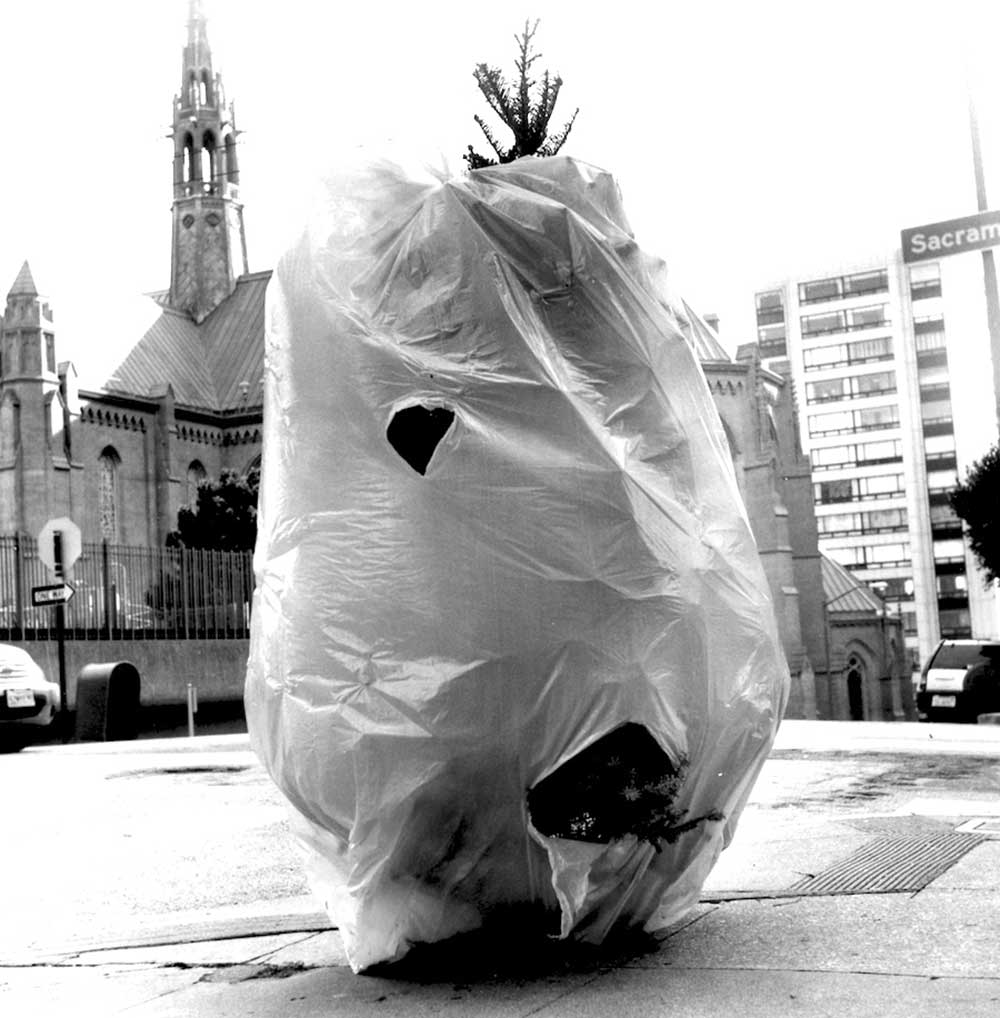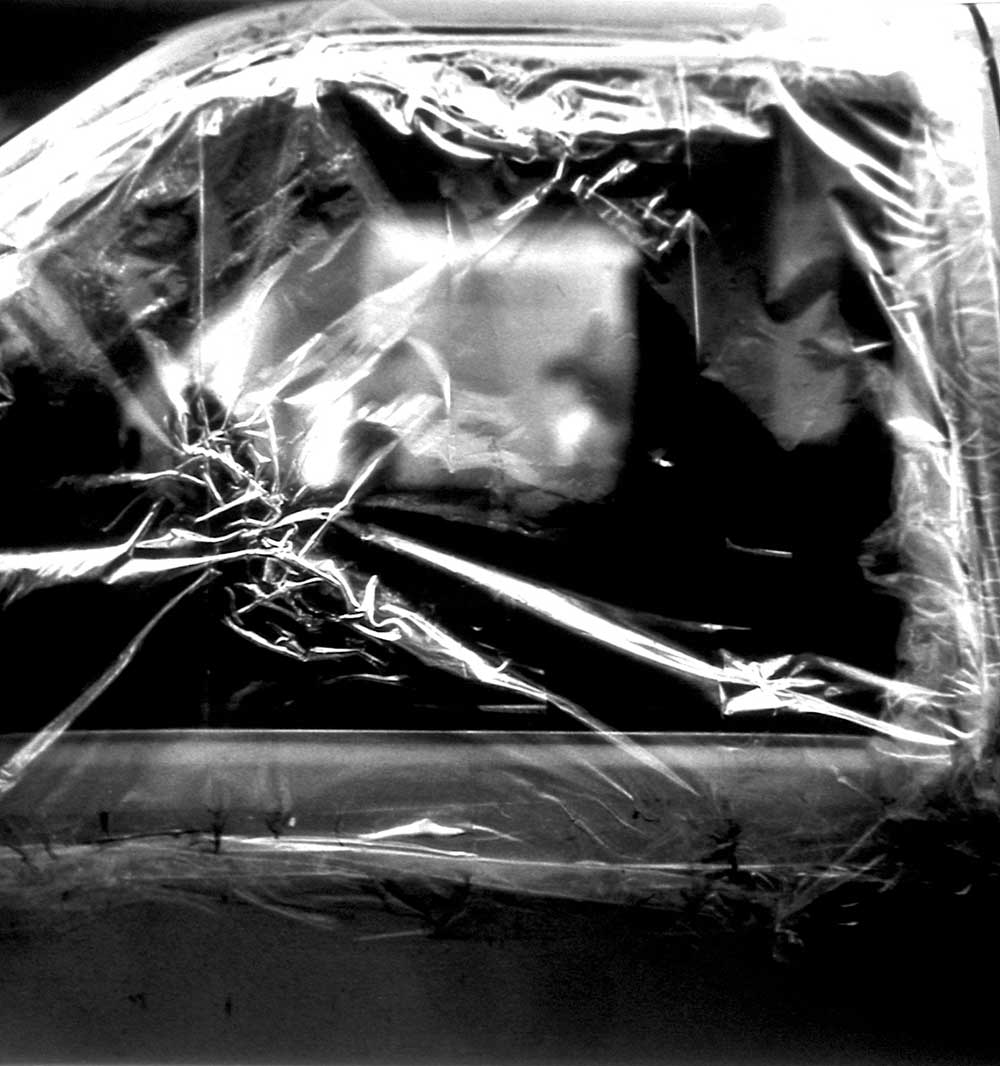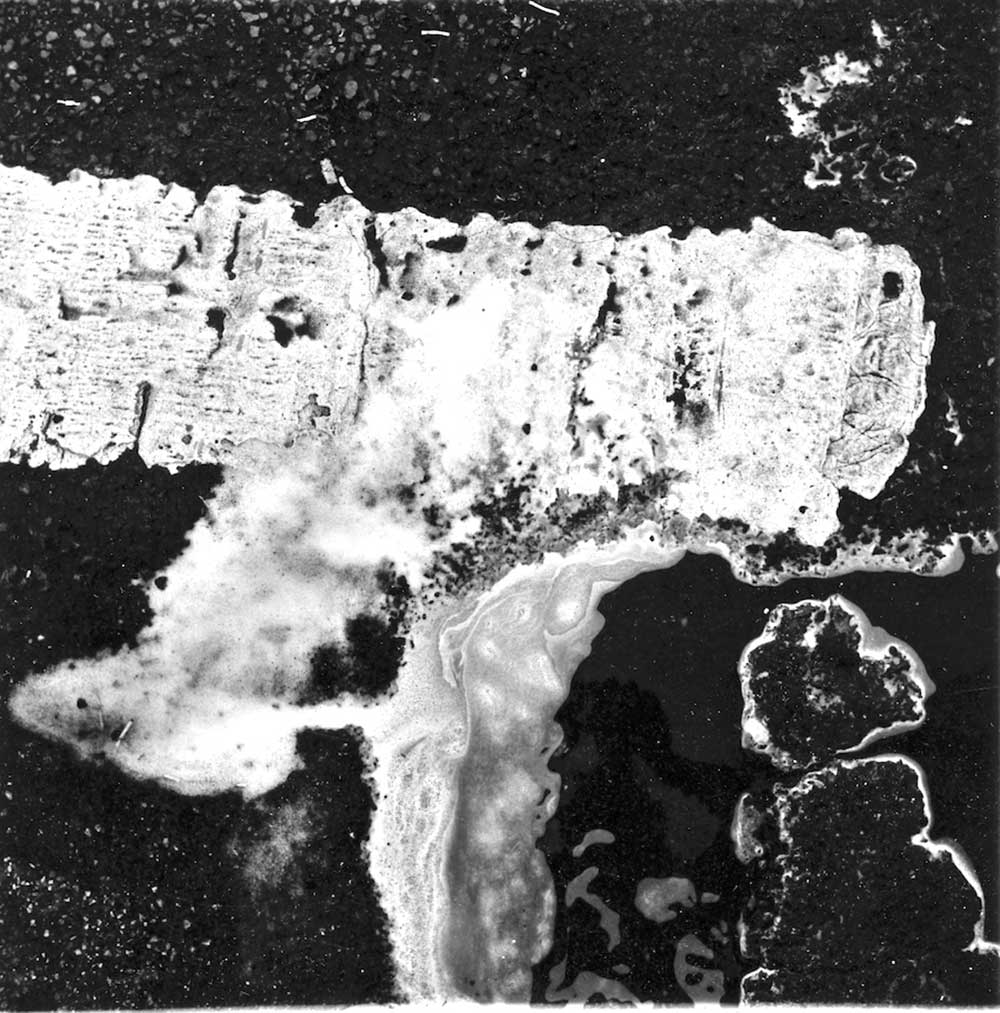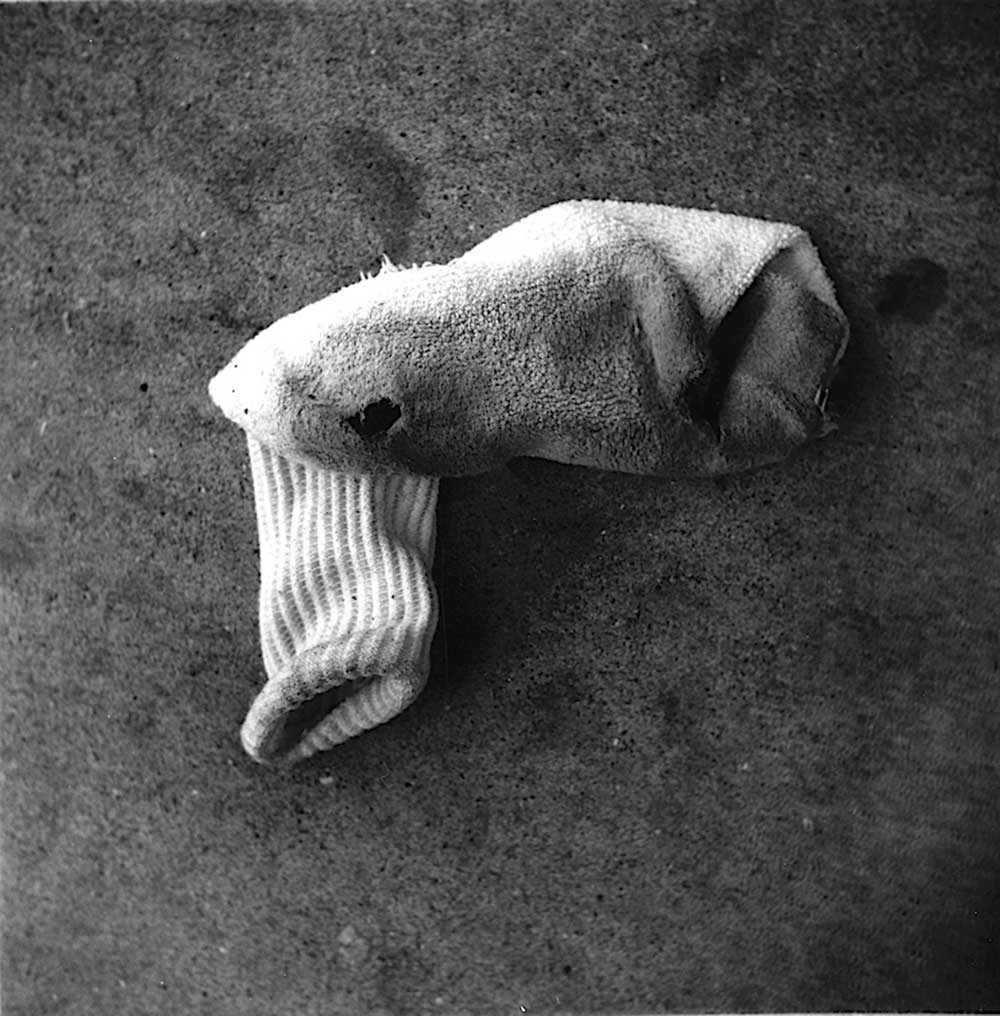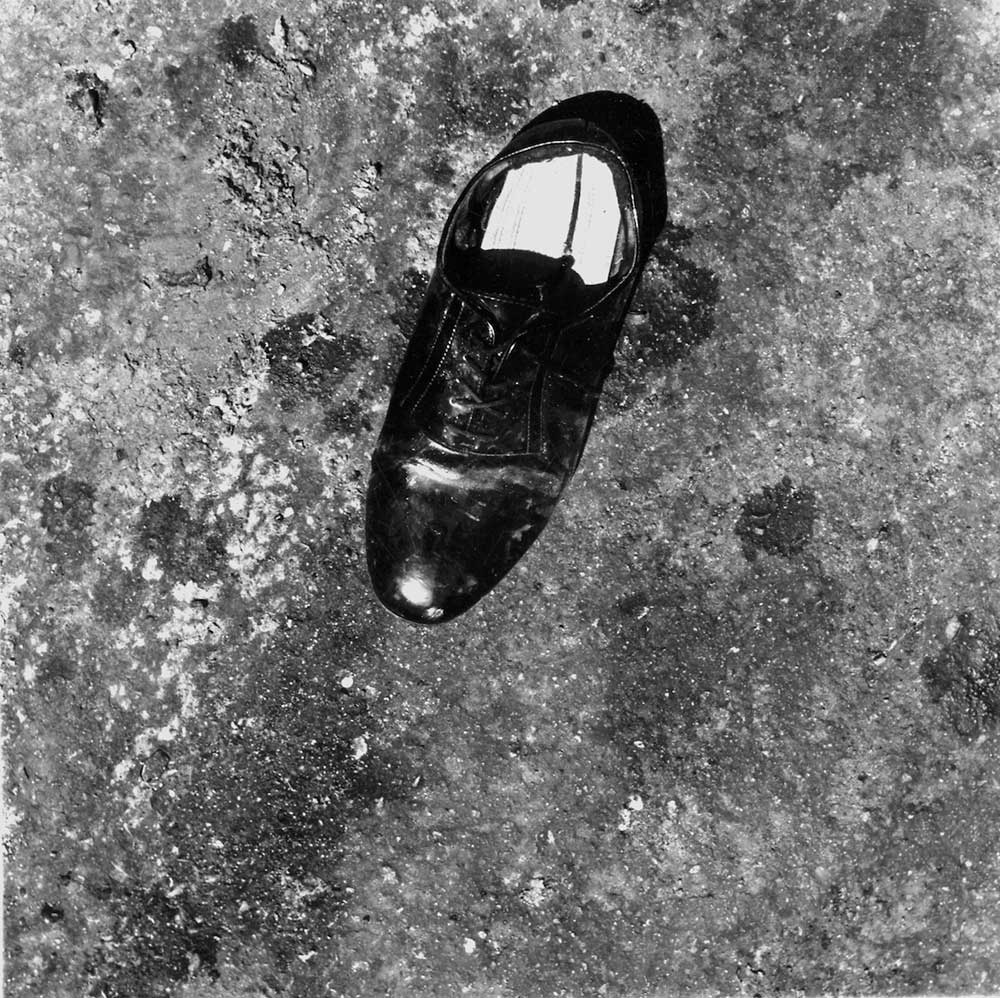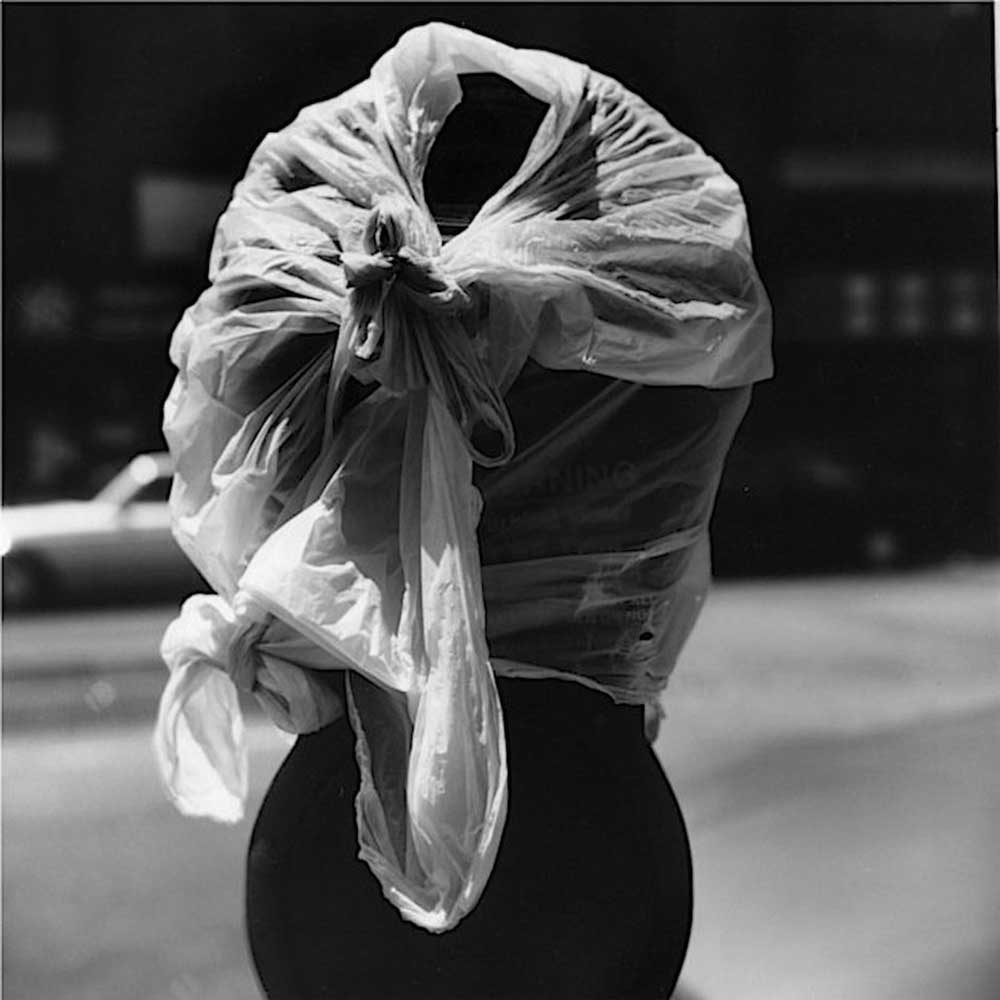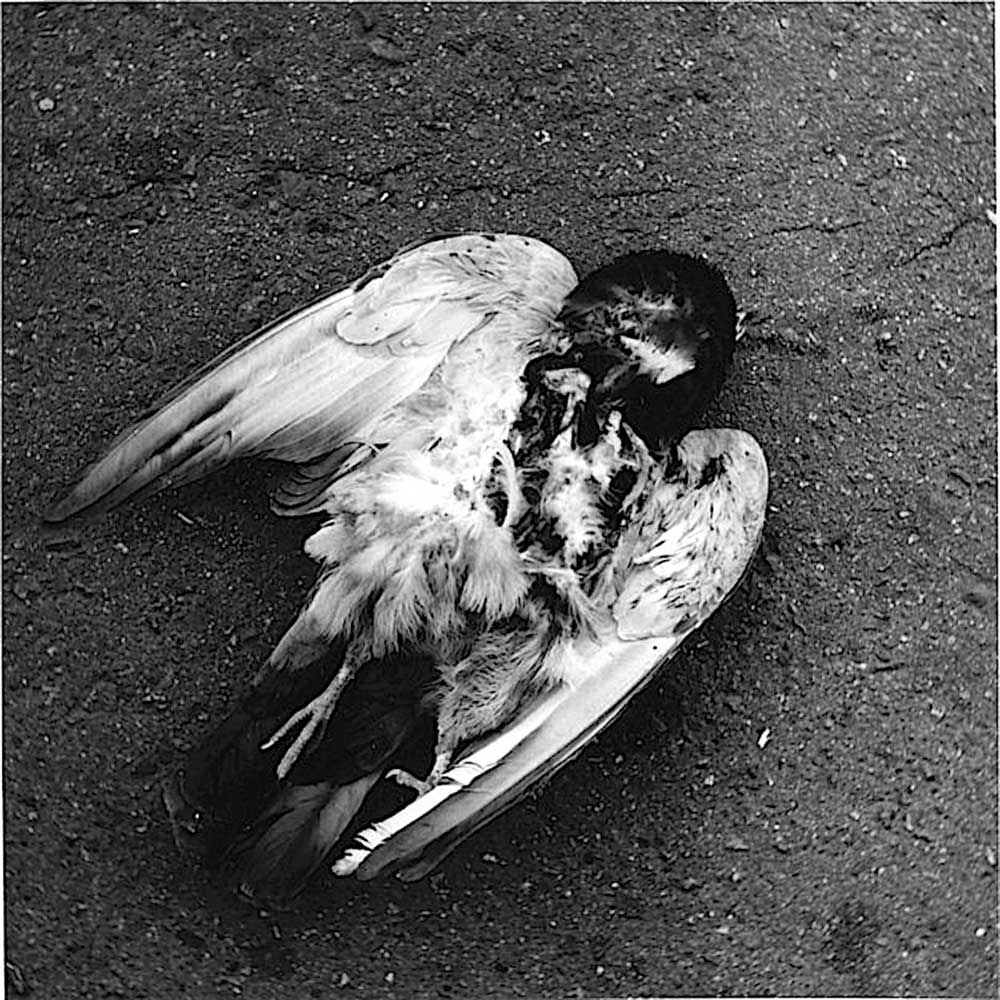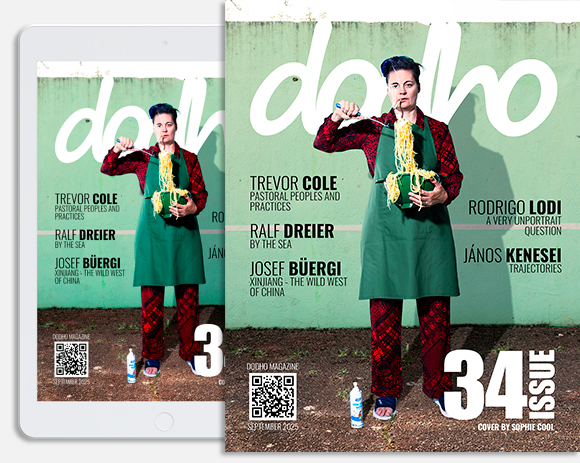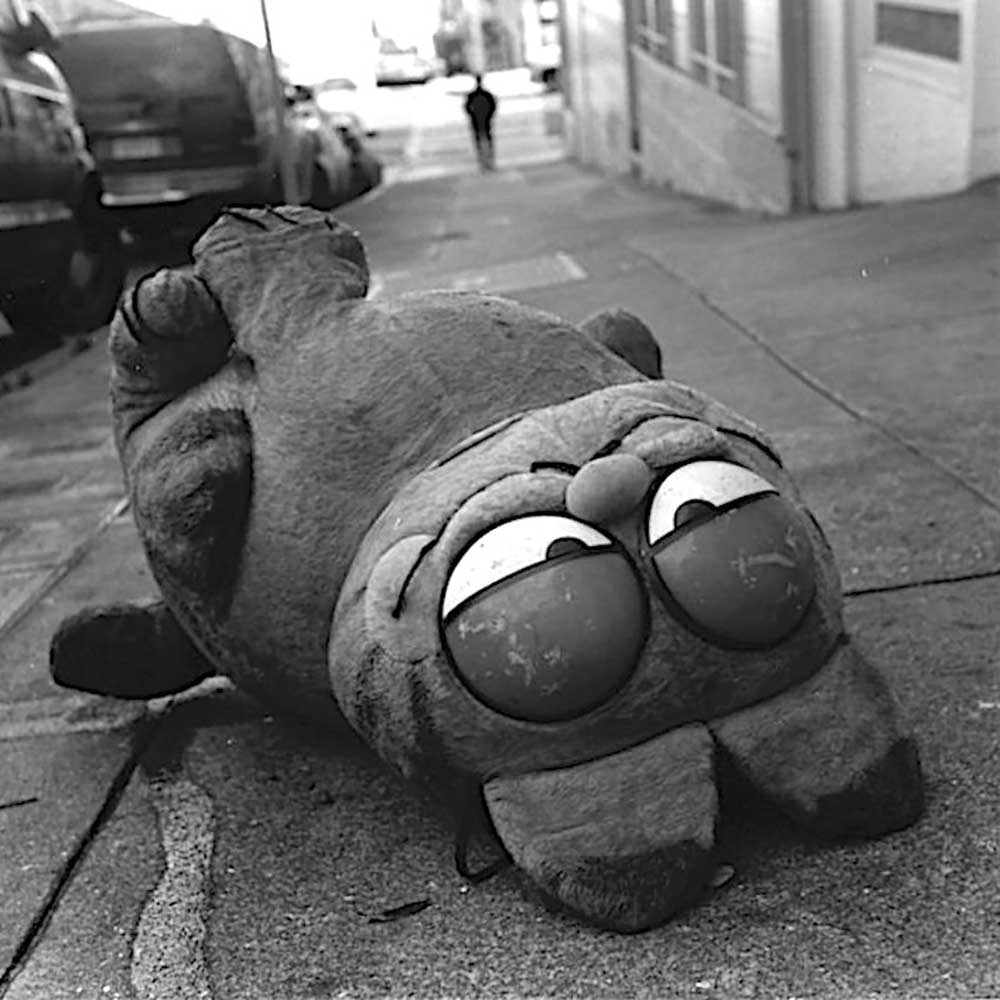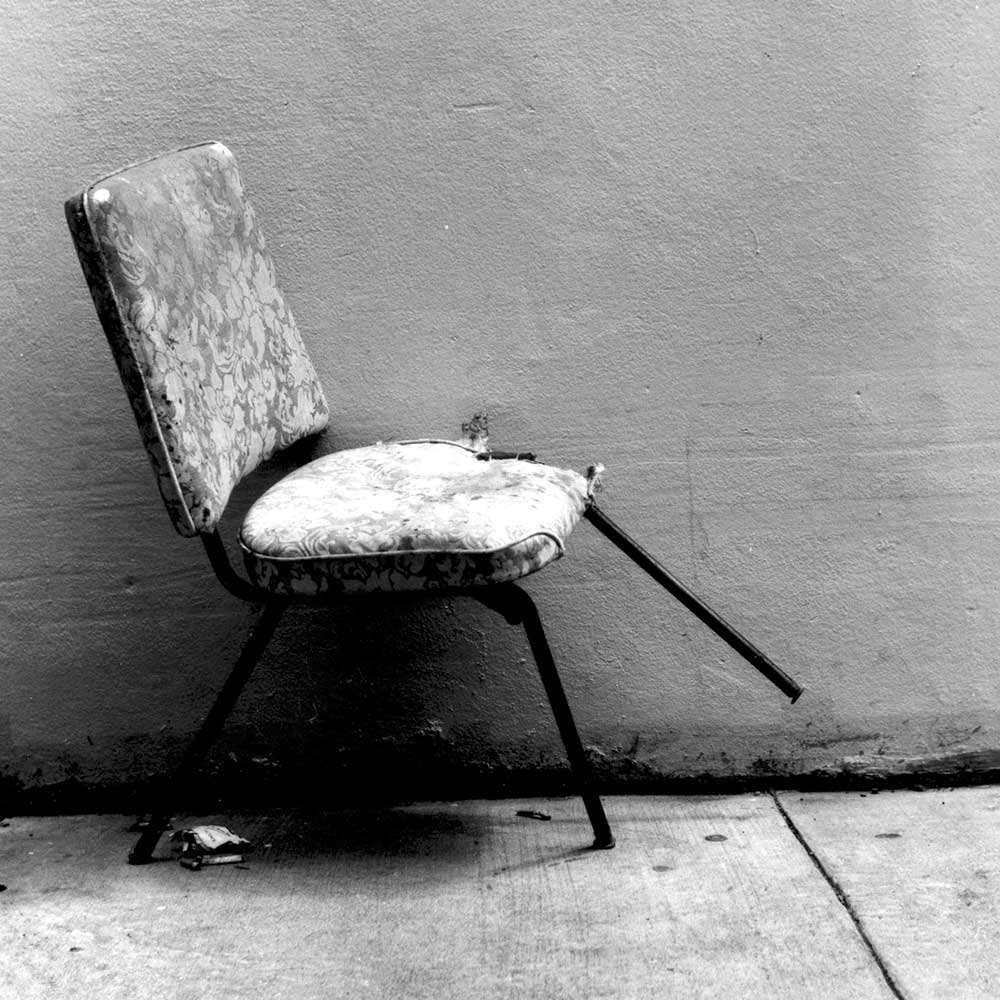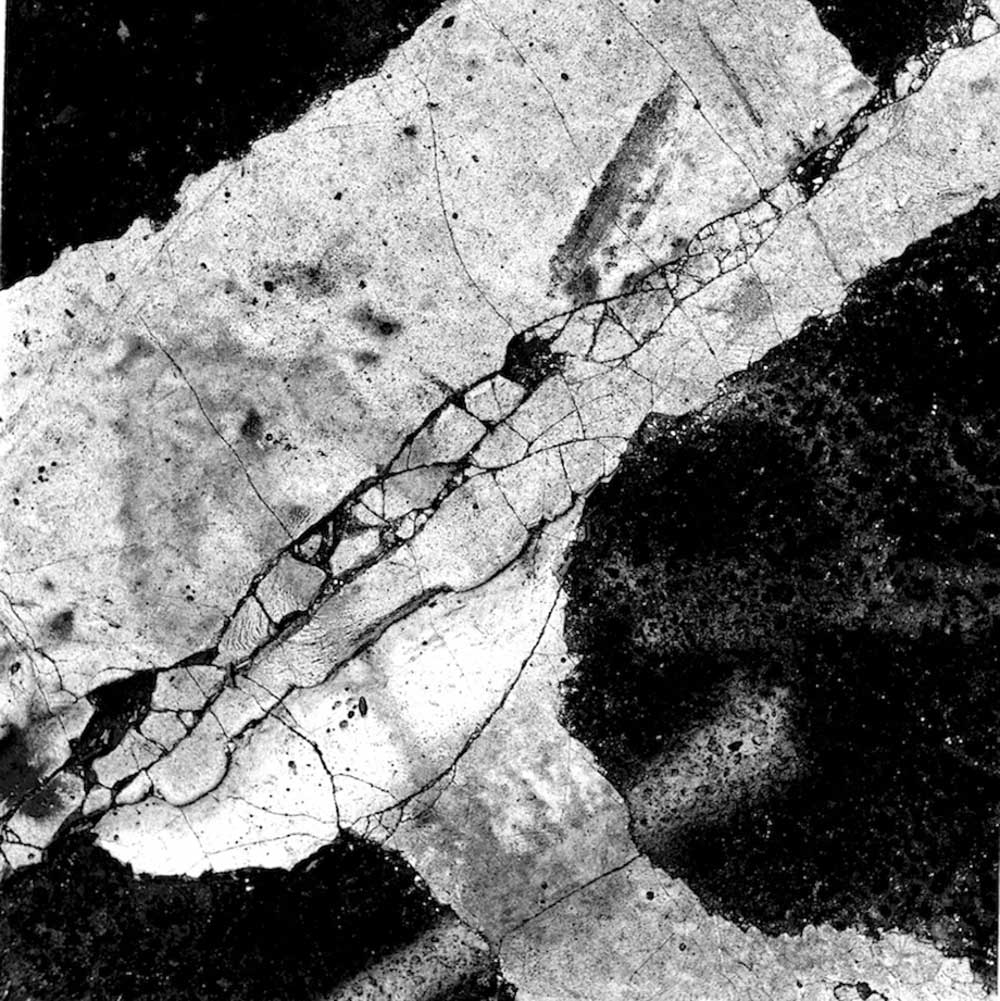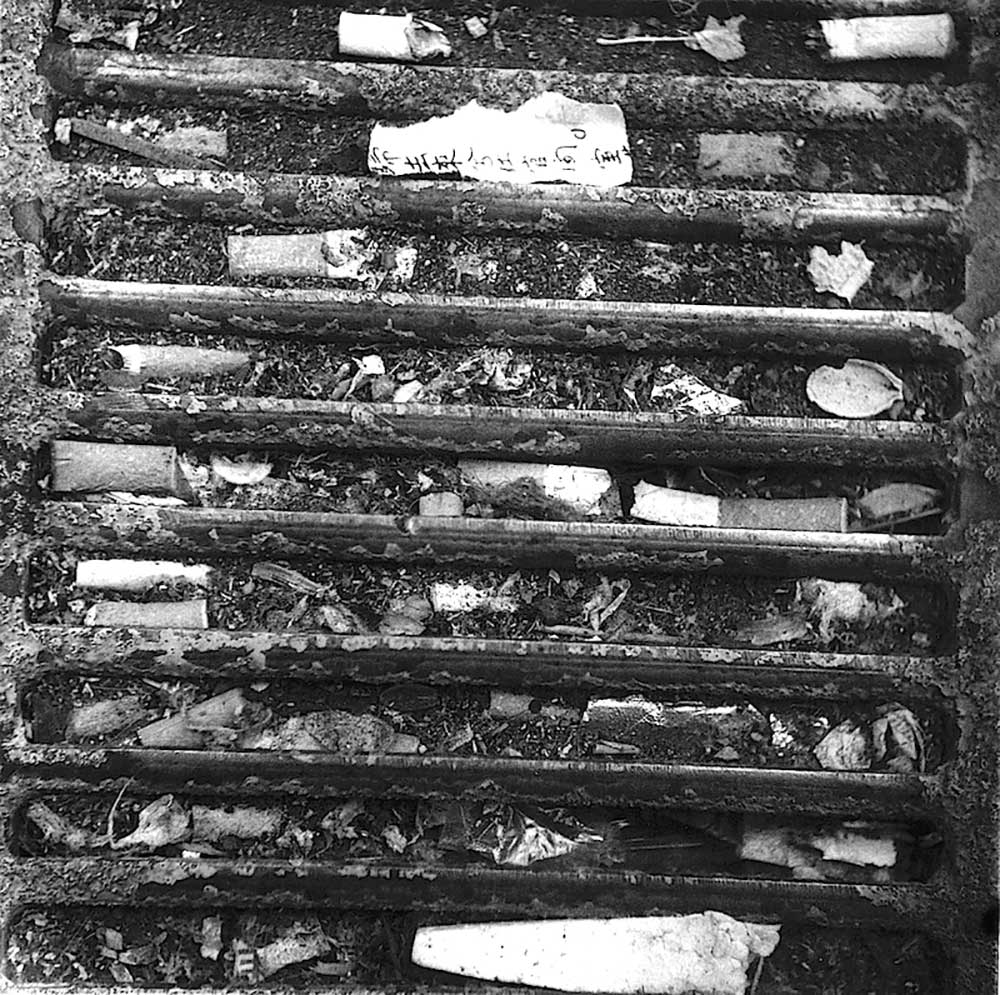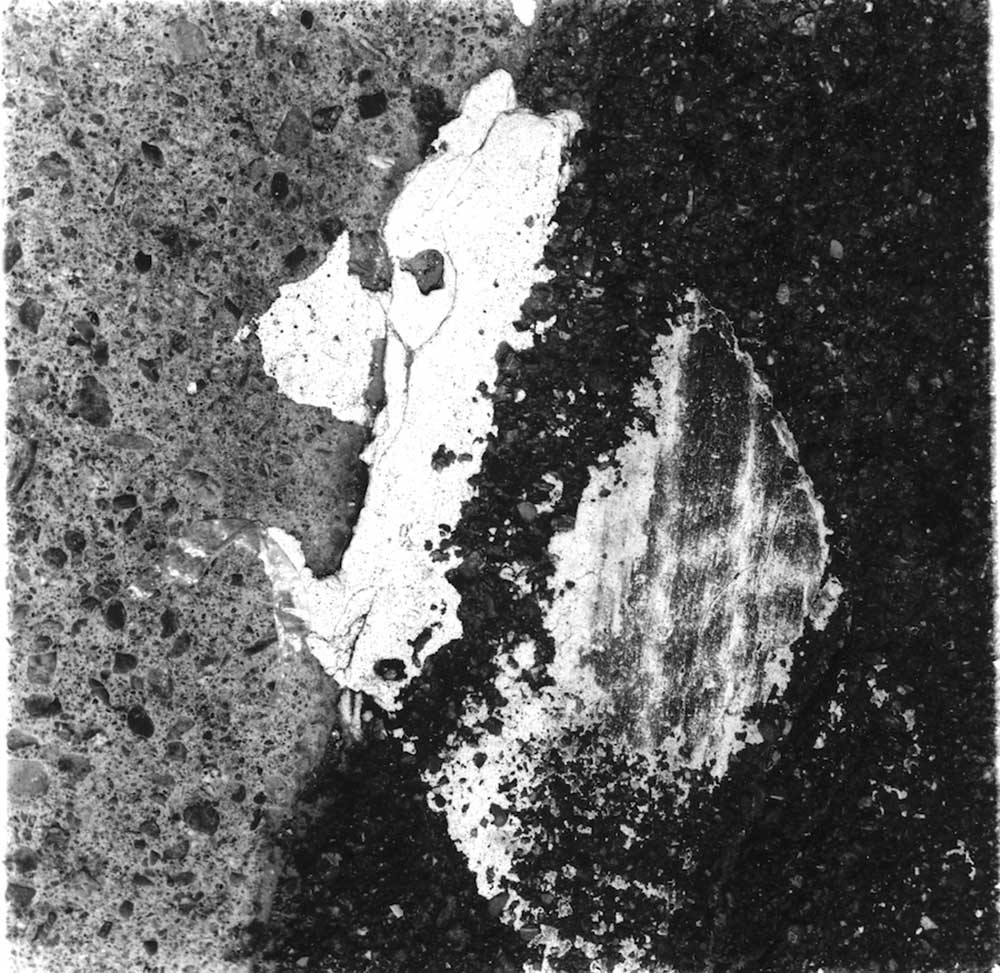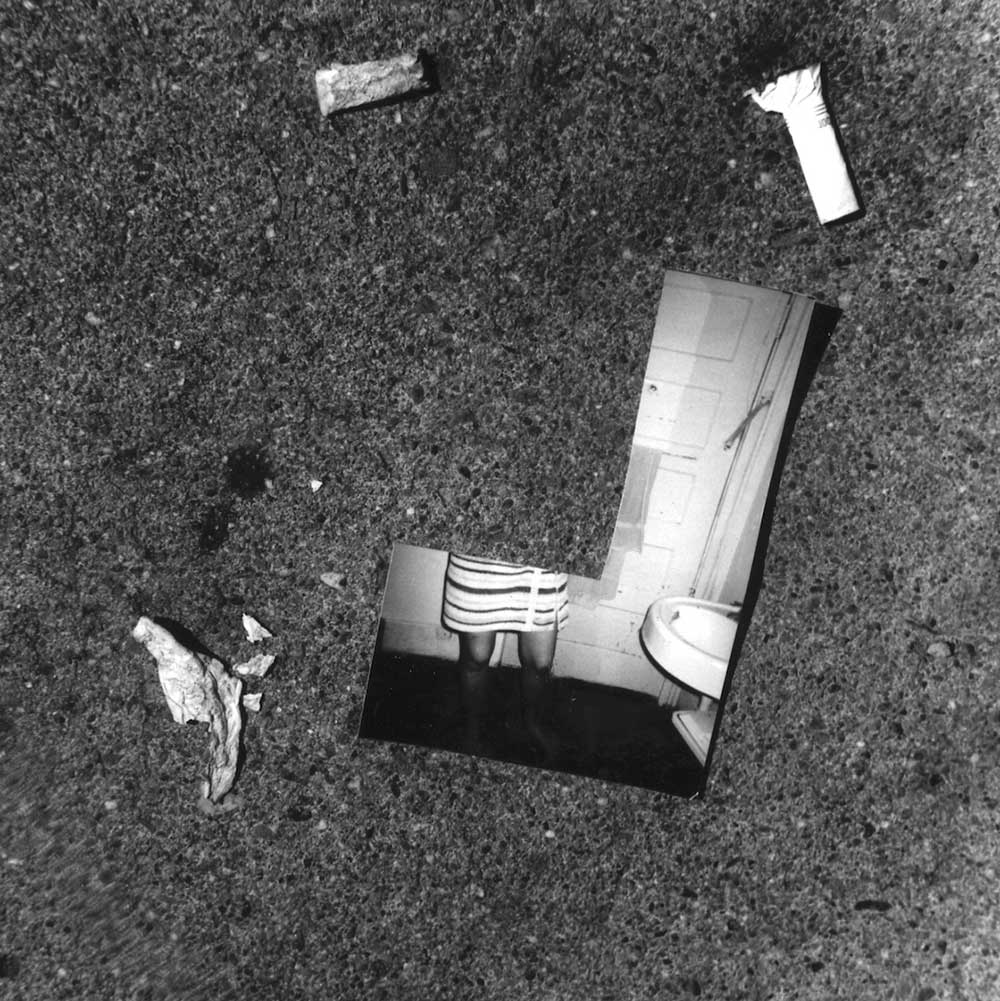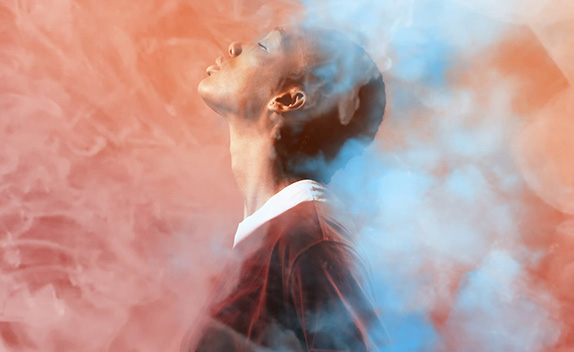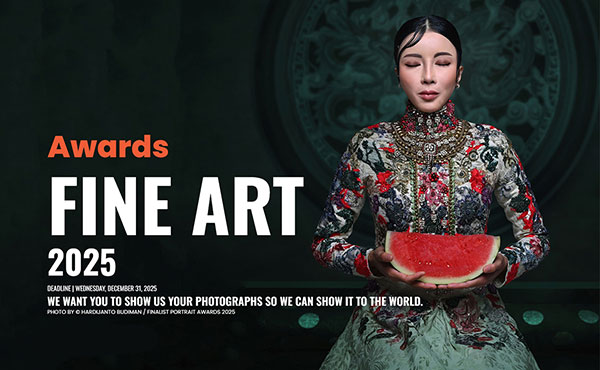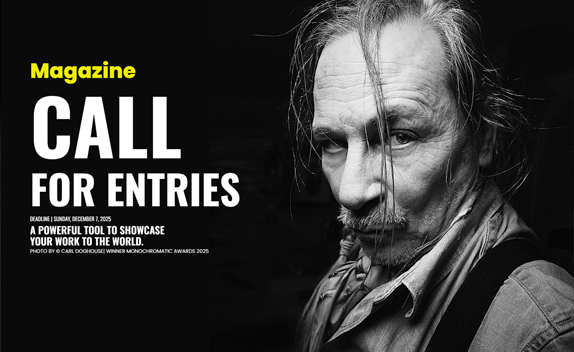The street offers a fascinating anthropological study.
The sidewalk becomes a canvas as I see what it has to offer: objects that have been discarded, dead things, trash, fragments of previous lives in various stages of decay.
The images I saw evoked feelings of joy, despair, nostalgia, vulnerability, transition, abandonment, and loss. I wondered about who may have discarded these things and why. What lives and meaning did these objects have to their owners? And what do these traces of human elements reveal about them?
I first discovered the concept of “auto topography,” the way material objects with which people surround themselves articulate something of their lives and personalities, when I began documenting my wife’s 90-year-old grandmother in the early 2000s. From everyday objects like an old mop, a thermos, a worn comforter, a moth-eaten jacket, and fragrant incense sticks, I found that the objects told stories of her life in China and her transition to America.
I continue that exploration in this series of discarded objects.
When I see an abandoned object, many questions come to mind. Was it a cherished item? When did it outlive its usefulness? Was it lost or discarded on purpose? Does the item say anything about the economic status of the person who discarded it? Can one tell how much it was used by the condition one sees it in now? What stories might an object convey about its owner? It is a mystery.
Beyond that, the objects themselves are subjected to the elements and are in various stages of decomposition. As they deteriorate, they transform into unique sculptural displays. I think of them as accidents of beauty. In seeing these cast-offs at the end of their life cycles, I want to capture their soulful spirit amid the decay. Some are reduced to their minimalist essence. Some have a sense of elegance. Deteriorated sidewalks evoke images of ancient cave paintings. Plastic-wrapped discards are transformed by their sculptural qualities. The layers, textures, forms, shapes, light, patinas, and disheveled nature of the objects remind me of abstract art. The images bring to mind themes of permanence and impermanence, perfection and imperfection, usefulness and uselessness, and transformation over time.
I love printing in black and white as it offers a wide tonal range and I can experiment with gradation, as well as have complete control of the process. Black and white prints offer a timeless quality to the images. The medium encourages the viewer to focus on geometry, texture, shape, light, shade, and details beyond the content.
I used an early 1950s twin-lens Yashica camera with a two-and-a-quarter-inch square negative for this series. I felt the square negative offered a more balanced image, with the larger negative format providing greater sharpness and clarity.
About Robert Welsh
Born in 1953, Robert Welsh grew up in Brighton, a working-class neighborhood in Boston during the 1960s. As a young man, he traveled extensively in Europe and the Middle East, and it was during that time that his passion for photography was ignited. Since then, he has been looking at the world through the lens of a camera, presenting images that perhaps only he can see.
In 1989, Robert moved to San Francisco. He is best known for his photographic essays of San Francisco’s Chinatown and China, which capture the spirit of these communities and convey a sense of universalism. A self-taught photographer, Robert continues to document urban neighborhoods, as they are reminders of his own childhood growing up in inner-city Boston, from New York to the cities of Europe and India. In these global urban neighborhoods, he is drawn to the simple, the mundane, the overlooked, finding beauty in the everyday comings and goings of its people.
Robert’s experiences as a delivery driver for the American Red Cross, special education teacher, and stay-at-home dad have informed his art as well. He has garnered numerous awards, as well as exhibitions around the country in galleries from New York to Los Angeles. His photographs appear in the permanent collections of major museums, including the Fogg Art Museum at Harvard University, Brooklyn Museum of Art, Hispanic Society of America in New York, Denver Art Museum, Houston Museum of Fine Arts, Danforth Art Museum, and the Griffin Museum of Photography in Massachusetts.[Official Website]
